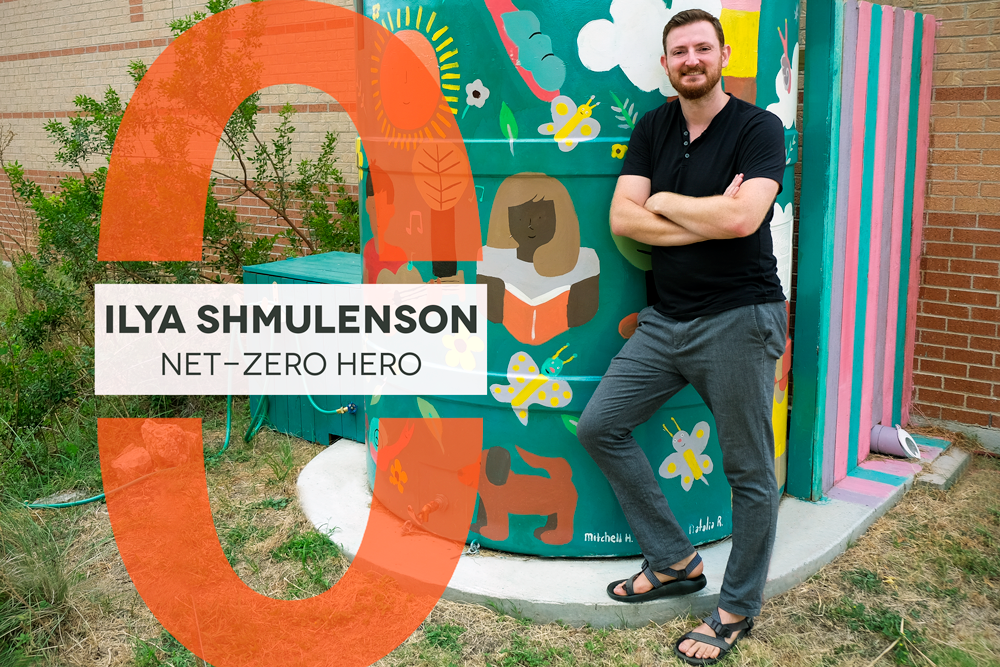Net-Zero Hero: Ilya Shmulenson
I’m helping to make Austin Net-Zero by working to make hands-on, outdoor learning common practice in public schools.
Meet Ilya Shmulenson, Deputy Director at PEAS (Partners for Education, Agriculture, and Sustainability). When Ilya was growing up, he didn’t have access to outdoor learning. It wasn’t until he attended college that he discovered the power of learning in — and about — the outdoors. As a result, he is determined to ensure that children in the Austin area are exposed to these types of opportunities in their everyday learning.
We spoke with Ilya at Barrington Elementary in North Austin, where we were able to see some of the outdoor learning spaces available to students at their school's campus. We spoke with him about what motivates him to do this important work, what challenges he’s faced, and more.
What inspired you to take action?
I grew up in Brooklyn, NY, and attended public schools, which were multi-story, brick structures with concrete “playgrounds” featuring metal basketball hoops and tall chain link fences. Green spaces along buildings and the tiny patches of dirt surrounding trees were fenced off with signs warning against entry. I didn’t venture into Central Park or Prospect Park until I was in college.
I was first exposed to outdoor education as an undergrad while studying physical anthropology. I had the opportunity to spend time in Costa Rica, rural France, Equatorial Guinea, and Argentina. There, I worked with people who were incredibly knowledgeable about local flora and fauna, geological features, and the history of human use of the local land. These connections came from a constant exposure to the outdoors.
I was shocked at how comfortable I was working in the outdoors and how the subject matter came alive. Yet, I realized that I had never had these types of experiences as a student in public schools. So I committed to working to integrate hands-on, environmental education into the school system.
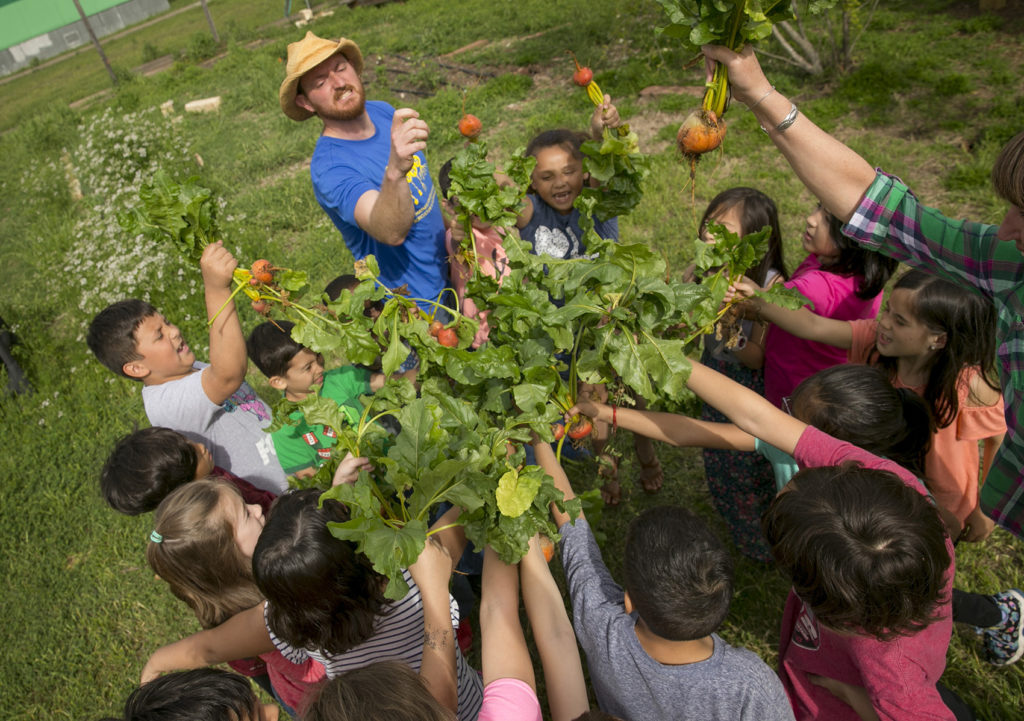
Photo: Jay Janner / AMERICAN-STATESMAN
How did you do it?
Over the past decade, I’ve been able to work with a variety of organizations that have offered the full gamut of environmental education variations — from four-day field trips to an environmental education center, summer camps, afterschool programs, in-school programs, and support for young leaders in the field. One of these programs was IslandWood, where I completed a graduate residency program. IslandWood offered residential environmental education experiences for 4th-6th graders from Seattle. I also worked at Hazon, which used historical connections to land and faith to build and reinvigorate community.
Keep Austin Beautiful was my first foray into in-school programming, and what we did was unique because we brought the environmental education into the public schools through in-school and afterschool programs. We changed the model from one-time experiences to repeat exposure by offering multiple lessons. Most recently, I spent a year working on the Cities Connecting Children to Nature initiative, which is a collaborative project between the City of Austin, Austin ISD, and key stakeholders. I worked directly with the students, teachers, and administration at Barrington Elementary and led classes for students and training for teachers to help them build capacity for using their beautiful outdoor spaces for learning.
At PEAS, we’re working to shift education from a system of worksheets and memorization to one that engages students in interactive project-based learning. We are doing this by supporting overworked, under-resourced teachers with PEAS environmental educators. These educators lead year-round lessons that are aligned to academic standards, while engaging teachers in experiential professional development during those lessons.
With each experience, my belief that outdoor learning provides depth and meaning and promotes skills such as problem-solving and teamwork has been reinforced. I also strongly believe that every child deserves the opportunity to engage in this type of learning, and public schools are the place to do it.
What's been the toughest part?
On a personal level, the toughest part has been a bit of imposter syndrome. Growing up, I never went camping, backpacking, or kayaking. I was in graduate school learning to become an environmental educator when I first slept in a tent or visited a national park. I have also never taught formally in a classroom.
On a professional level, the toughest parts have been the ever-growing list of priorities placed on schools and teachers, and the lack of long-term sustainability of environmental education organizations to do their work.
Luckily, I firmly believe that we should strive to be lifelong, life-wide, and life-deep learners. By learning new things our entire lives, and delving deep into the topics that interest us most, we move forward. In the moments of self-doubt and professional frustration, these are reassuring notions.
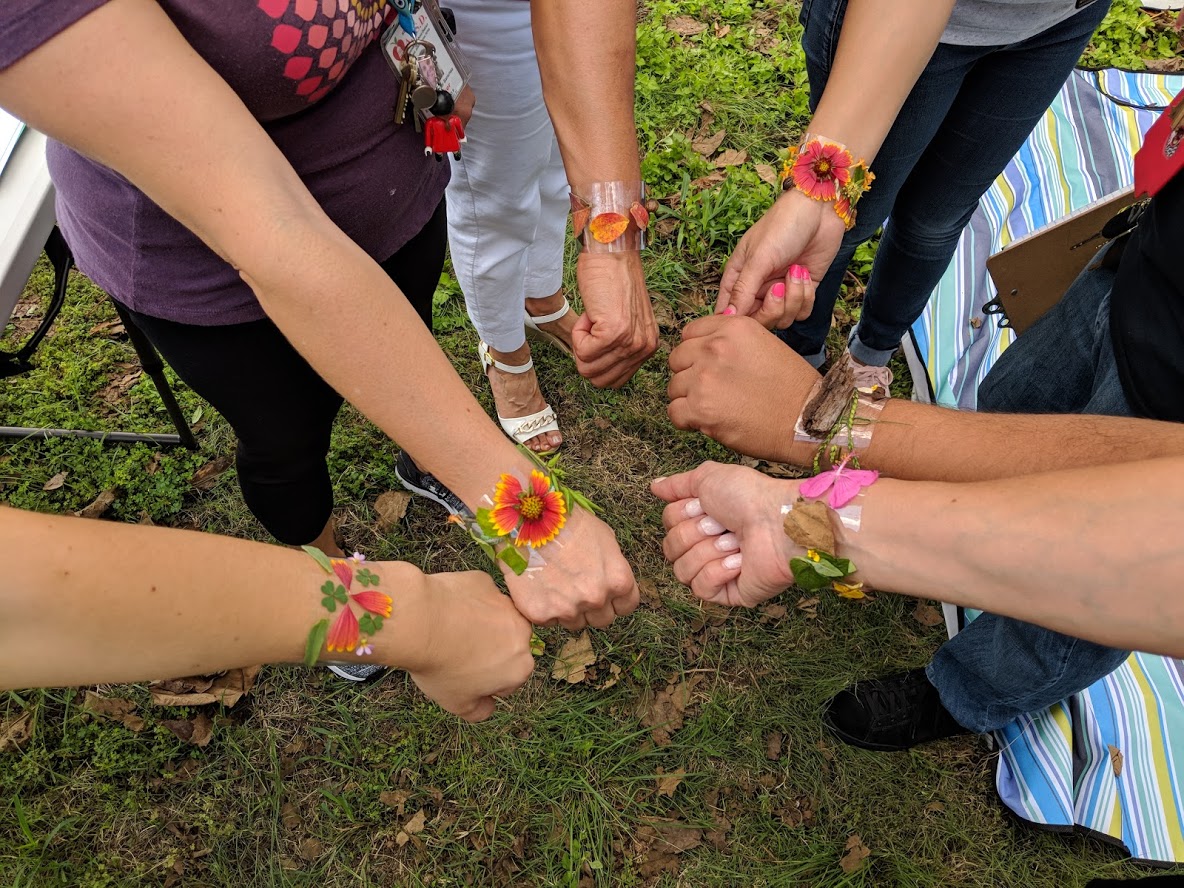
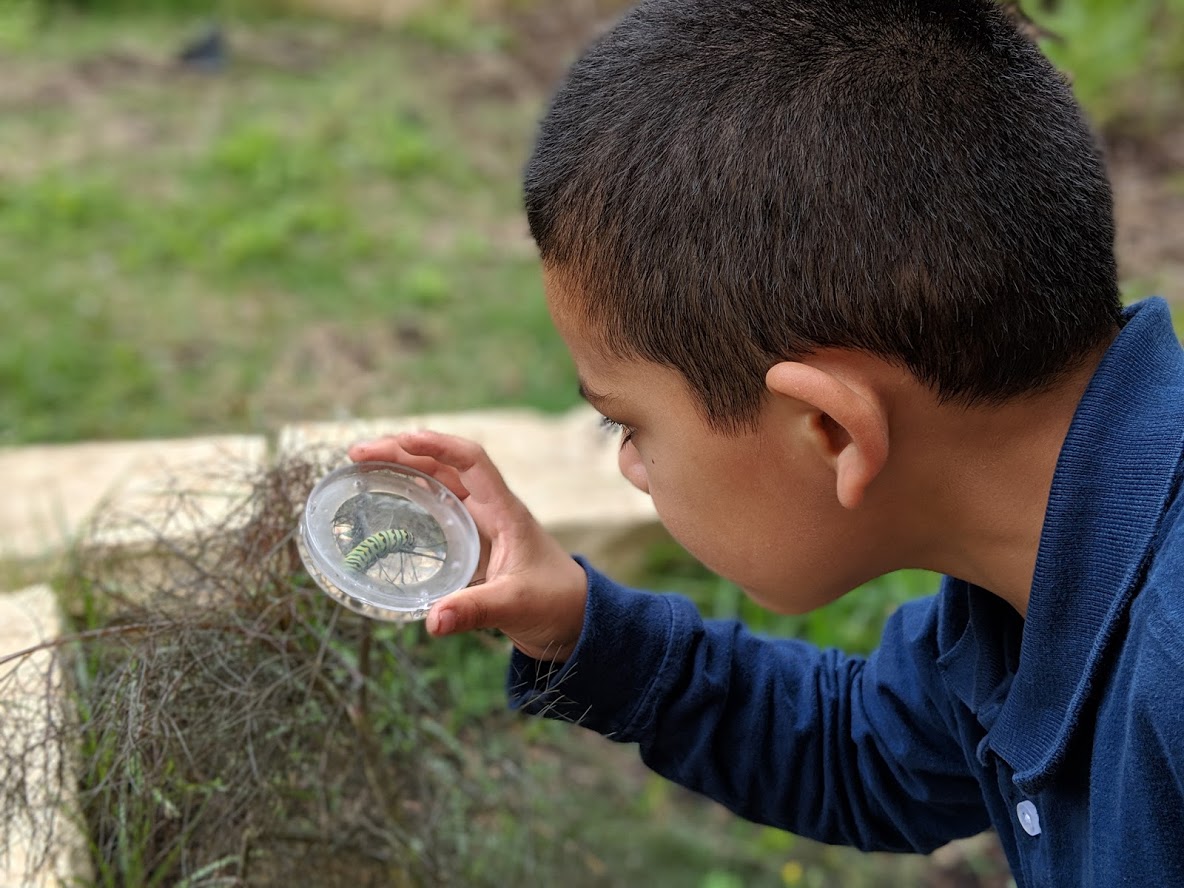
Have there been any unexpected benefits?
This stuff works! I recently had the pleasure of working with a class of first graders who spent the entire class period observing roly-poly bugs and finding caterpillars in the school garden. In the same class, there was shrieking excitement from some students and intense concentration from others. The teacher was nervous that some of the students were so loud, but when we listened closely, we realized that they were talking about habitats, making observations, and working in groups to keep the caterpillars safe while figuring out how to get a closer look. For the students who were concentrating intensely while digging through a dirt pile full of roly-poly, we couldn’t pull them away from the piles even when class was over. The teacher expressed that she was surprised because these were students who often had a hard time focusing in class.
Another time, a teacher from a different school sent her PEAS educator a text after one of her lessons. It read, “You made me feel excited about teaching today! I loved everything about today's lesson. I wish THAT was what learning looked like every day. So rich and so good. A million thank you’s to you!!!"
These two examples are an incredible validation of the power of outdoor education.
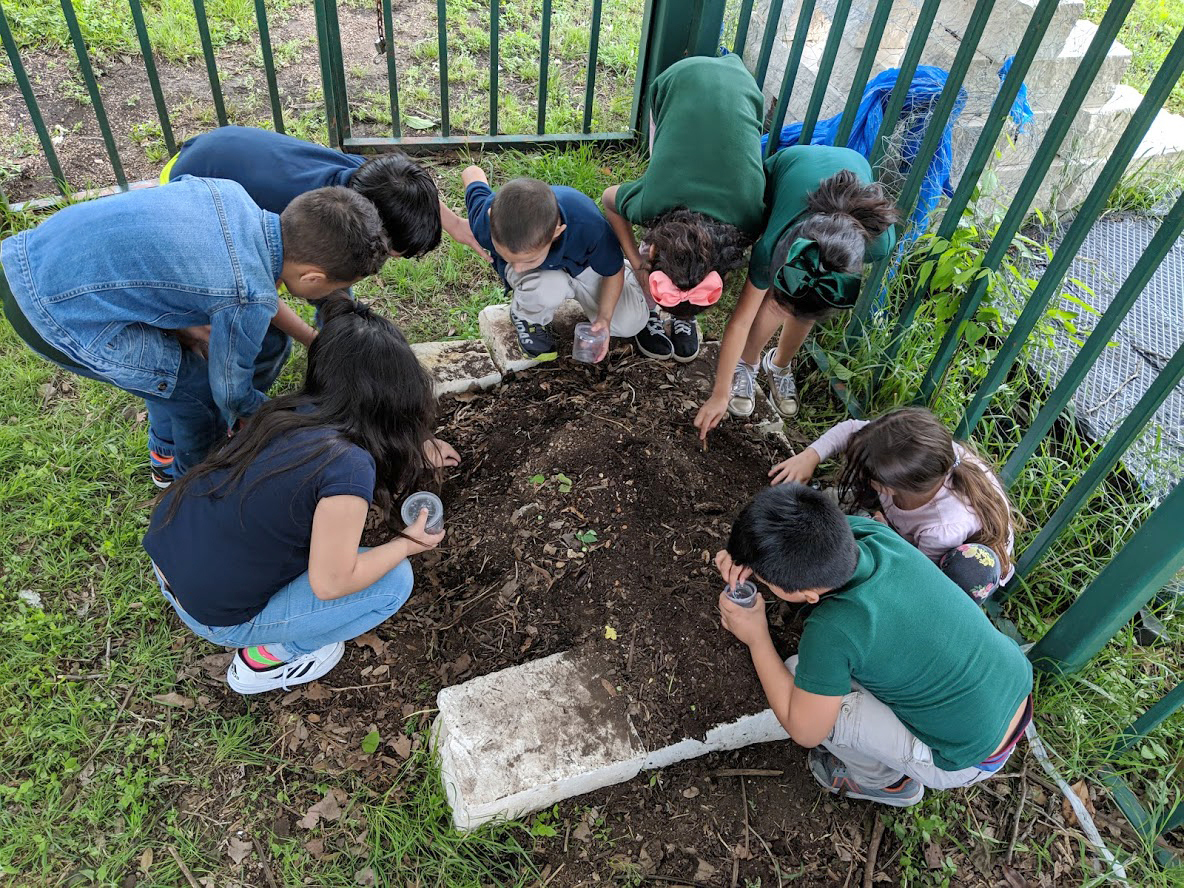
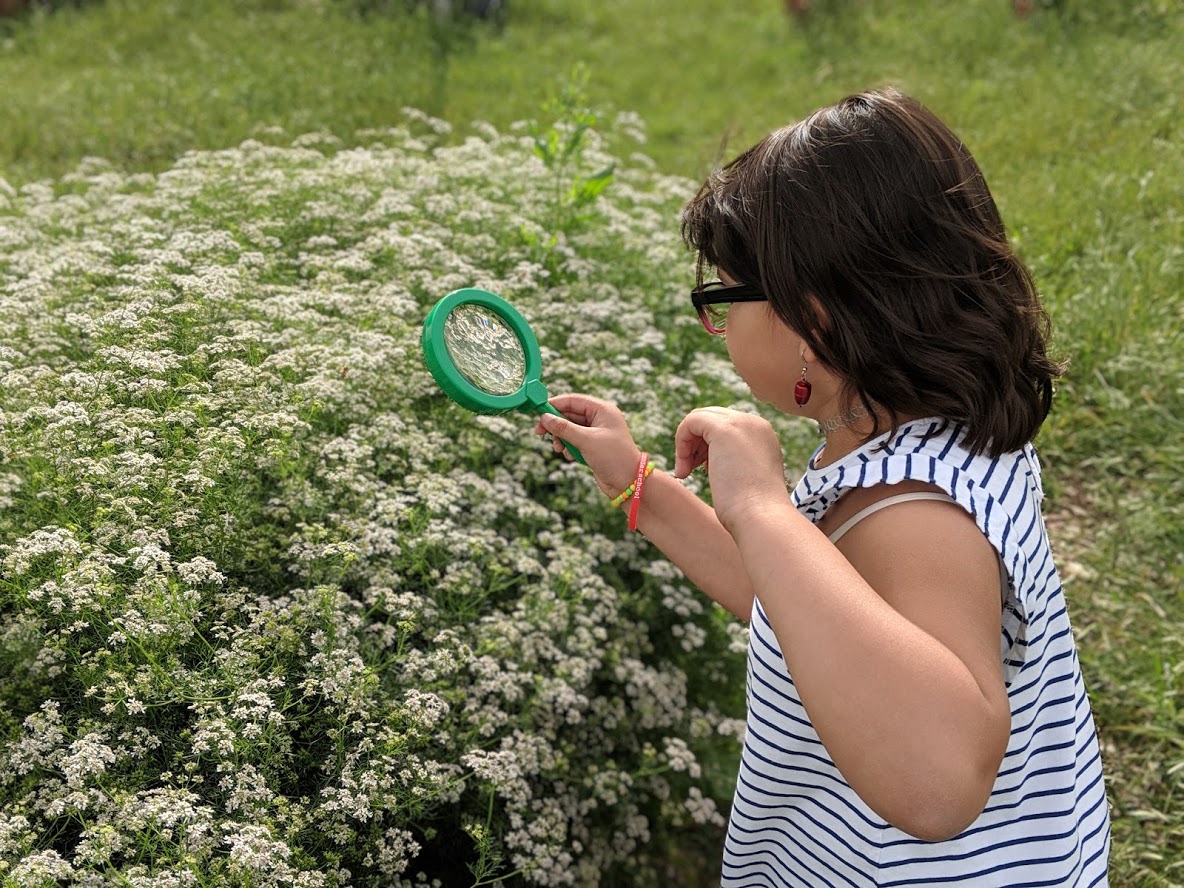
What advice do you have for others?
Move outside the notion that “nature” is far away. It is right there on every school campus. Don’t script everything for children. Allow them to explore, make mistakes, fail — and allow yourself to do it as well. Make connections and be visionary.
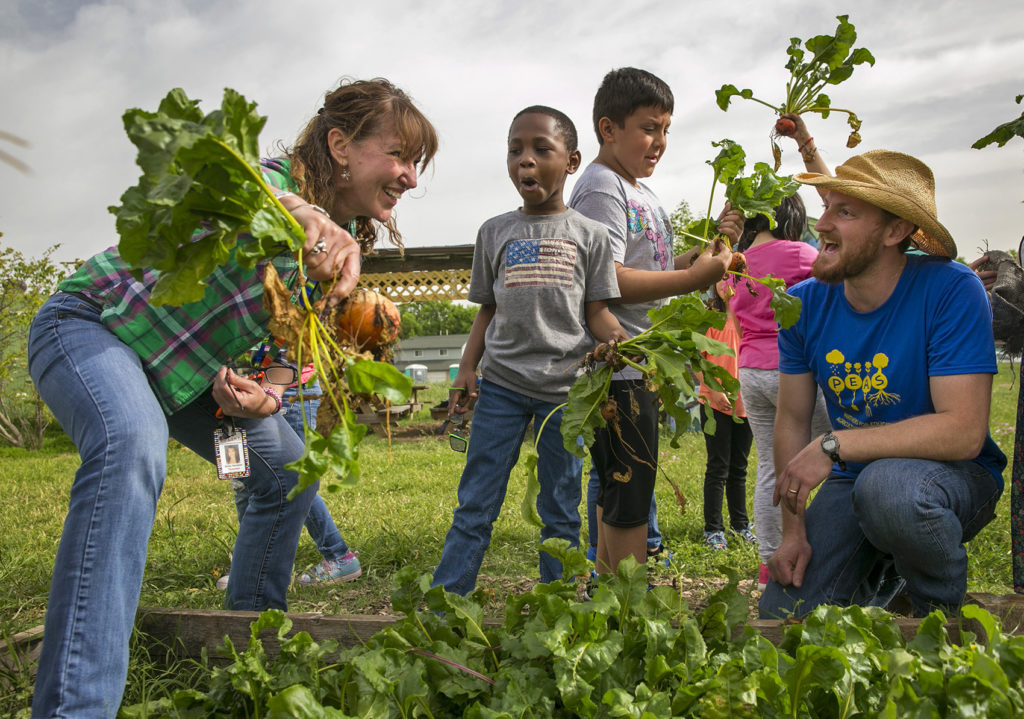
Photo: Jay Janner / AMERICAN-STATESMAN
To learn more about Austin's net-zero goal and the actions you can take to support a greener community, view the Austin Climate Equity Plan.
Share your Net-Zero contributions with us on X (formerly Twitter) or Facebook, and use #NetZeroHero. If you know a Net-Zero Hero (or heroes!) who should be recognized for their efforts, send your nomination to climate@austintexas.gov.


